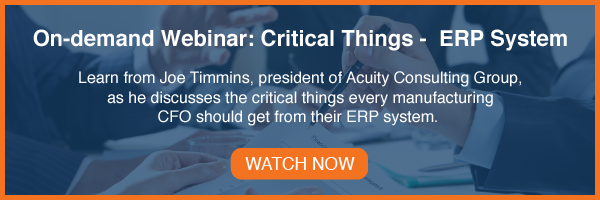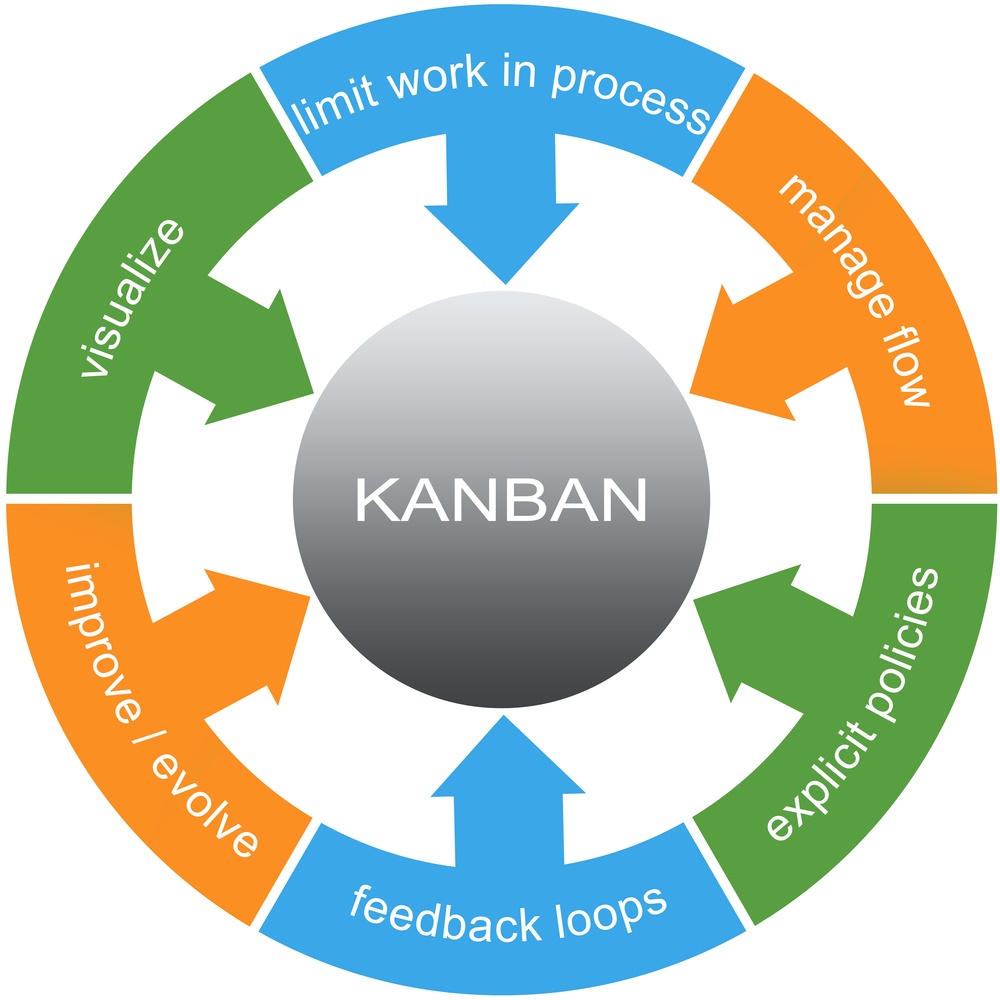Because every business thrives on the data its employees collect while performing their daily tasks, it follows that the easier it is to capture and share data, the more effective your business decisions will be.
That's the essence of ERP’s value.
Modern ERPs
A modern ERP system enables your employees, departments, or teams to input data once and then share it across the organization for analytics, reports, automatic notifications, and workflows. Modern ERPs offer a unified database for all functions and intuitive workflow tools customizable to your business processes – a sharp contrast to the 20-year-old ERPs lacking such tools.
Integration
Without integration, information is stored across a range of silos, preventing collaboration; we still see many companies struggling to aggregate data from hidden spreadsheet repositories with limited accessibility. And, in addition to the difficulty with analyzing and reporting, workflows get slower as people scramble to find the relevant data for each task. To complete basic tasks with an old ERP, people are often forced into an ad-hoc approach, getting their information haphazardly, slowly, inaccurately, and inconsistently.
Let’s say you want to understand product line profitability by sales teams. With a modern ERP, you can access the sales module, sort individual or grouped products, and run profitability analytics. You can immediately identify how each team is performing relative to the others because the ERP system stores price, cost, and margin data.
Old ERPs
To do this with an old ERP, your sales manager would need to pull data into their spreadsheets or run a static Crystal report to collect the (frequently incomplete and inaccurate) data before manually summarizing the results for each team. Most importantly, they need to share these results and assign meaningful actions based on the outcomes. In many companies, too much energy is expended compiling data and completing analyses and not enough energy is spent on using the information to assign meaningful actions. A new ERP addresses the first part, freeing you to work on the second.
When you apply ERP’s data-sharing and streamlined workflows across your critical business functions and processes, you begin to understand how fast and efficient modern ERP can make your business. Contact us today for more information.




